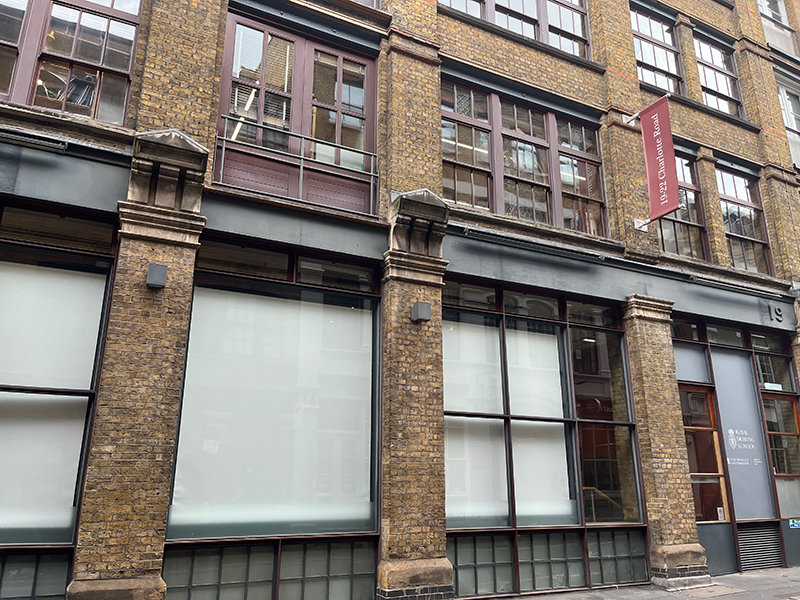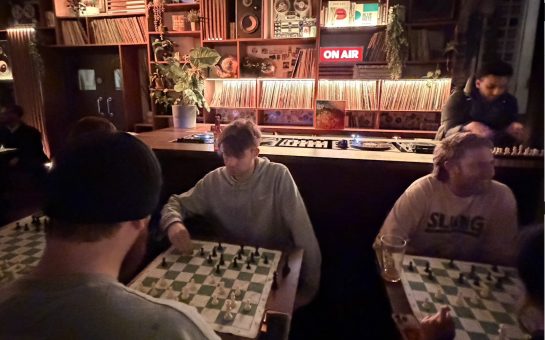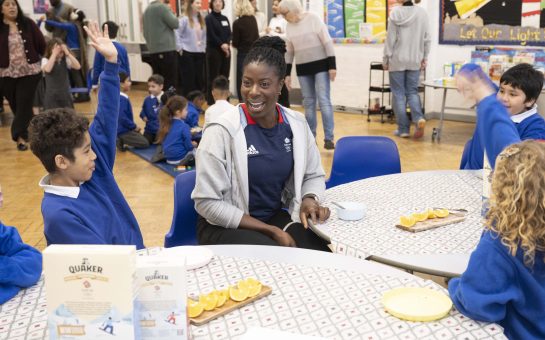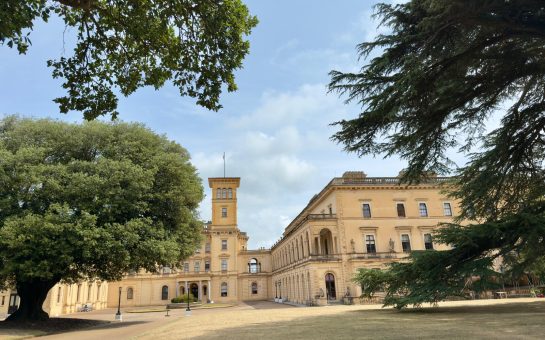King Charles III’s interest in traditional arts, exemplified in the pavement where the coronation takes place, inspired him to promote a new kind of curriculum.
England’s rulers have been crowned on Westminster Abbey’s Great Pavement for centuries since it was commissioned by King Henry III in 1268, but the geometric mosaic is particularly special for King Charles III.
The King’s fascination with sacred geometry drew on his friendship with the late Professor Keith Critchlow, founder of the Prince’s Foundation School of Traditional Arts in Shoreditch.
The school, established in 2004, teaches the practice of traditional arts as a living skill that is equally as important for the future as it has been for the past.
In addition to its degree courses, it offers outreach programmes in more than 20 countries, as well as an open programme of short courses and lectures available to the public – which most recently offered a course exploring Westminster Abbey’s Great Pavement.
It is one of the few institutions encouraging students of the traditional arts to explore the spiritual dimension of their work – something which many students are hungry for.
Professor Linden Peach, the school’s director of educational development, said: “The school’s work and the popularity of its open programmes suggests that there is a deep-rooted need for a more harmonious and spiritually fulfilling world order that is respectful of the planet, of different faiths and cultural heritages and of the interconnection of all life forms.”
King Charles III’s role as President of the School of Traditional Arts has been an active one in the years prior to his coronation, and he frequently attended degree shows.
“What really impressed me, and our students, was the time that was spent talking with each student about their work and the genuine interest he showed in themselves and their practice,” said Peach.
The Crown: A personal and living bond
In his 2010 book Harmony, the King paid homage to School founder Professor Critchlow’s expertise in sacred geometry.
The book advocated for a turn towards artistic traditions which could give all people, ancient or modern, a direct experience of what he described as our true relationship with the world.
“It is timeless and extremely relevant to the way the natural world works today – as it has always been,” the King wrote of the symbolic geometry of Chartres Cathedral in the book, summarising Critchlow’s scholarship on the subject. “Nature has not changed her attitude because of fashion.”
Symbolism is central to sacred art. But it is not just for show – symbolic art encourages us to see not just with our bodily eyes, Peach said, but with the eyes of the heart.
The King’s mother, Queen Elizabeth II, spoke of the need for living symbols in her second Christmas broadcast.
“I want to show that the Crown is not merely an abstract symbol of our unity but a personal and living bond between you and me.”
Just as the School encourages students to apply their studies of traditional art to contemporary design, the King will have to work alongside a living and changing society, not against it.
Professor Peach was hopeful of the King’s ability to give new life to living traditions like the monarchy.
He said: “I would expect us to see a monarch deeply committed to transforming lives, to spirituality and tradition, and to building inclusive, sustainable communities in the UK and overseas.”





Join the discussion